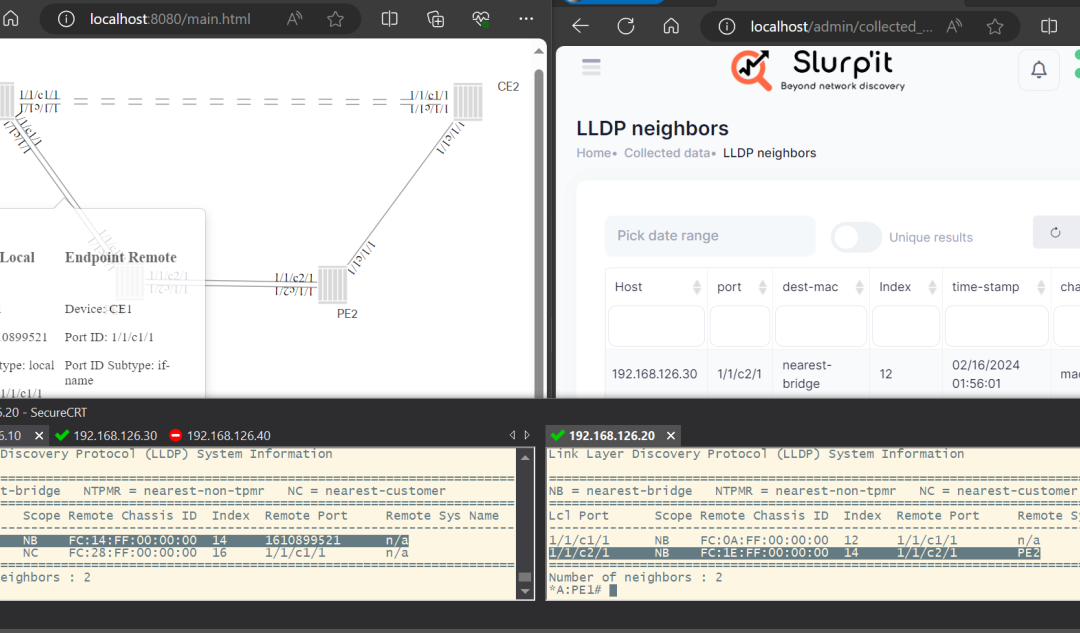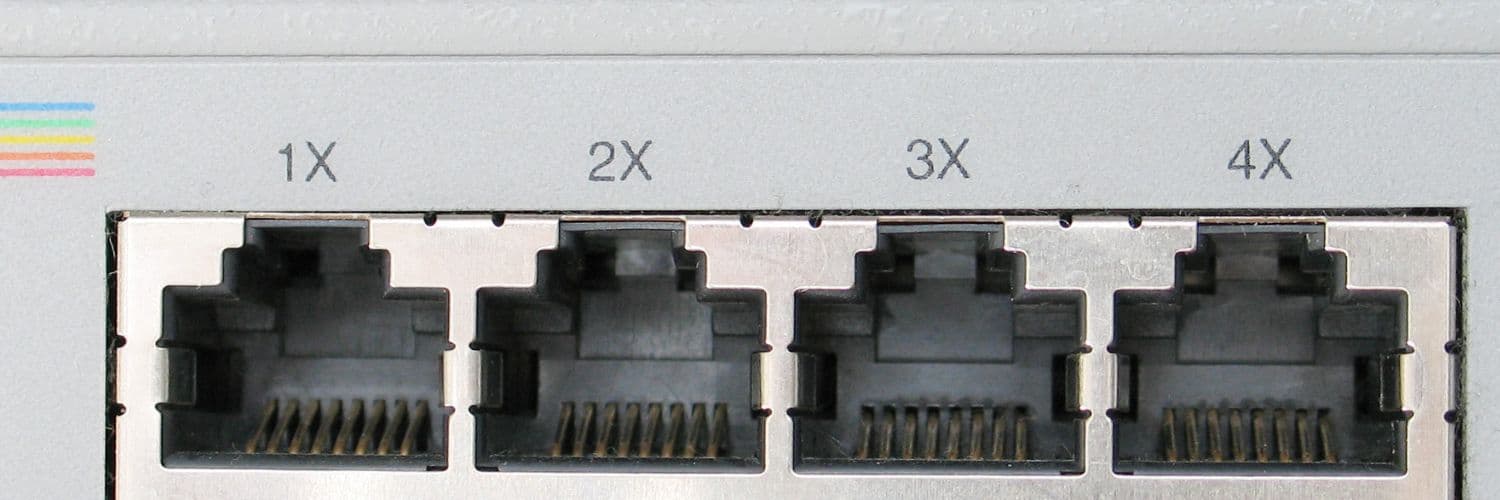Efficient network discovery is something that has become much more critical these days. But this article will solve all your issues. In this piece, we will give you detailed insights into what exactly it is.
The article talks more about how you can make the most out of the technology and innovative methodologies for efficient network discovery. Starting out from leveraging advanced algorithms to exploring data analysis, you will get a lot of practical insights.
Further, we’ll even shed much light on the benefits of improved efficiency. So, let’s dive in!
What is the importance of efficient network discovery?
If you are a business you would know how important it is to understand and optimise power systems. Power grids often get more complex and interconnected. Hence, during such situations, it becomes extremely essential to have good information or knowledge of the existing network infrastructure.
If one can uncover all the hidden secrets within the power grid – one can easily identify potential vulnerabilities, optimise system performance, and improve the whole reliability aspect.
Additionally, if the business is quite a lot efficient with the network discovery mapping and analysing the power system’s topology gets a lot easier. This can include anything like – substations, transmission lines, and distribution networks.
The knowledge further obtained here can be of great help to system operators, engineers, and policymakers. Apart from these many operational benefits, efficient network discovery also helps a lot with grid security. But before understanding this, let’s explore its methods and techniques.
Methods and Techniques
There are a range of methods and techniques you can opt for. The most common is active network scanning. Over here, the process goes like this – packets are being sent to network devices to analyse the responses. This method provides real-time information about the network’s topology, device types, and even configurations.
Next is passive network scanning. Over here, network traffic is being monitored to gather information about all the connected devices. And even the communication patterns are detected. This method as compared to the later one is less intrusive and provides more valuable insights into the performance.
And to the last comes advanced techniques – machine learning and artificial intelligence. These techniques can easily analyse any huge amount of data and also identify patterns that might not even be apparent to human operators.
So, which one to pick? For efficient network discovery, it’s suggested to choose the appropriate combination of methods and techniques – obviously, according to the requirements of your power system.
Tools for Efficient Network Discovery
Now that you have explored methods and techniques next comes the tools. Some popular ones are:
- Nmap. This is a powerful open-source network scanning tool. The tool can actually provide much detailed information about all the network devices. It supports both active and passive scanning techniques, hence many organisations opt for it
- SolarWinds Network Performance Monitoring Tool is yet another powerful tool that can be of great help. It allows administrators to map and visualise the network topology, monitor device performance, and identify bottlenecks, if any.
- Some more advanced tools available out there are – NetBrain and Cisco DNA Center. These tools come with advanced network automation and management capabilities. Additionally, both tools leverage advanced algorithms and ML to automate the whole process.
All in all, as a business you first have to look after your requirements and goals to find the best tool. Do the legwork initially and check out the scalability, ease of use, and compatibility of all the tools to select THE ONE.
Some Best Practices for Network Discovery
It initially requires careful planning before implementation. To make sure that you as a business get accurate and reliable results, you first have to follow the best practices, and some of them are:
Define clear goals
List out your objectives clearly for its complete process. Identify all the specific information and insights that are required, like network topology, device configurations, and even traffic patterns. Get a clear understanding of the desired outcome – then only you will be able to select appropriate methods, techniques, and tools.
Maintaining data
Maintain comprehensive data of network devices. The data must include information like device type, IP addresses, and software versions. This information will further help you as a reference for its processes throughout.
Regular audits
Regularly check out for updates in the network inventory. It’s essential to see to it that information is accurate and up to date. While auditing, you must even remove decommissioned devices from the inventory, and add new devices, if required.
Collaboration
Yet another essential aspect of efficient network discovery is stakeholder collaboration. Collaborate with system operators, engineers, and cybersecurity experts to ensure a holistic approach throughout the process. With this, you can even identify any critical areas of focus and see that the process you are opting for is aligning with the system’s goals and objectives.
Evaluation
And to the last, continually monitor and evaluate its process. Identify the areas of improvement and address issues that would have come. Regularly review and scan the results to optimise the efficiency and effectiveness of the discovery process.
It offers multiple benefits. But let’s not forget the challenges. The sheer size of complexity of modern power grids are the major ones. There’s much confusion but advanced algorithms are here for your help. With technical expertise you can undoubtedly overcome the obstacles, it’s difficult, but surely not impossible!













